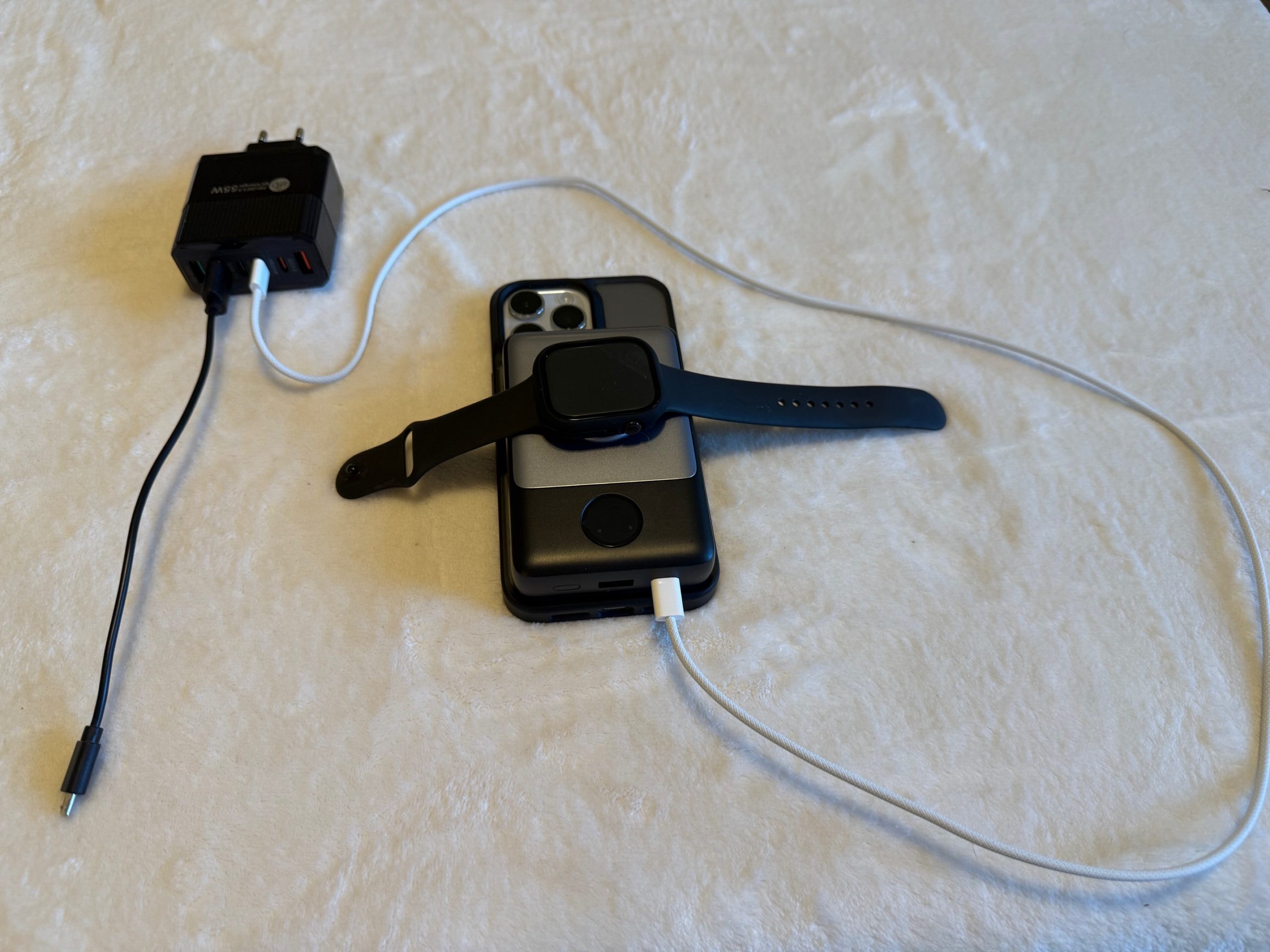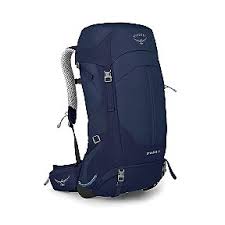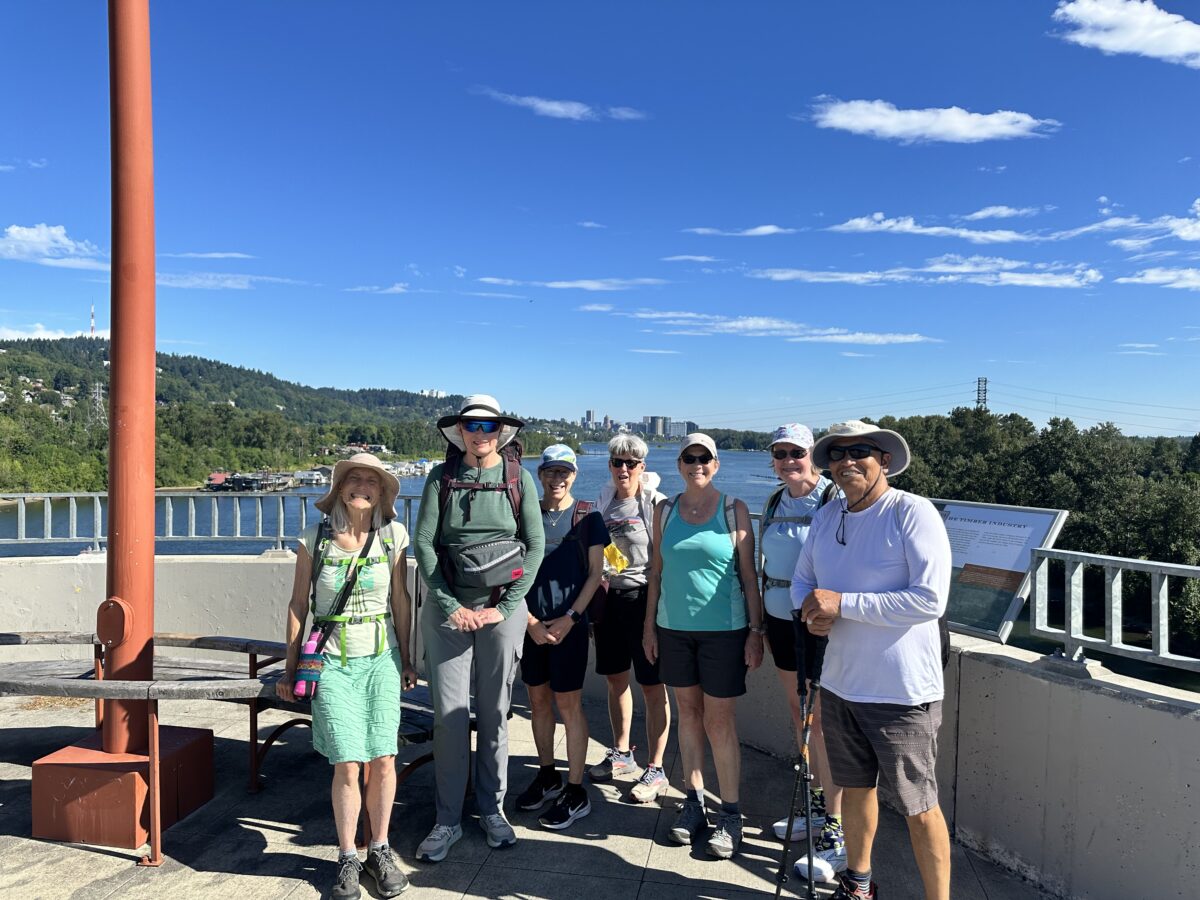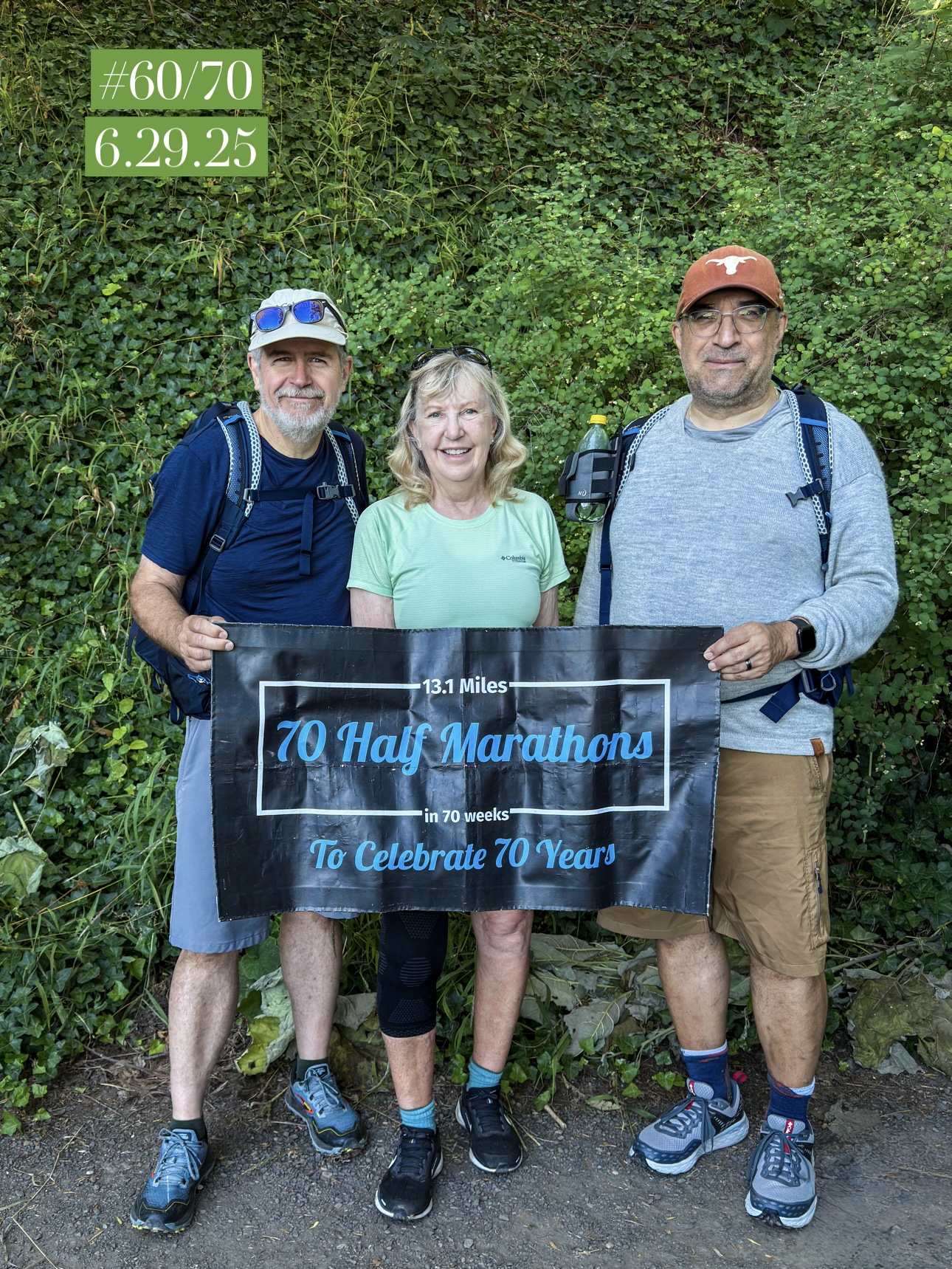I would love to say that I am going to totally disconnect from the world for five weeks and travel without any electronics. But that would be a lie. While I know you could do that with the aid of a printed guidebook, I like the ability to track my daily distance, communicate with alberges in the town ahead and stay connected to family and friends. So I will be traveling with limited electronics. In my case, that includes my iPhone (15 Pro Max) and Apple Watch. To keep them charged, I’ll also have various methods of powering them in my electronics kit.
Phone – while not the newest phone out there, I am very satisfied with my iPhone and its picture-taking abilities. This means I don’t need to pack a single-purpose camera. In a later post, I’ll dive into the must-have apps that will be of most use to me during my travels.
Watch – I purchased an Apple Watch at the beginning of the year. At the time, I was living by myself and my sister had recently fallen on her stairs and injured herself. Fortunately, she had family in the home to take her to the ER for her broken ankle, but it got me thinking that having a device with fall detection would be a useful item for someone living alone. This replaced a Fibit that adequately tracked my steps and other health metrics, but I really like the integration of the apps on my phone.
Wall charger – the plan is to start each morning with a fully charged phone and watch. But sometimes when you get to an alberge, the power outlets are limited and in high demand from others with the same objective. My tactic is to get a European wall charger (2 round prongs) with six charging ports. That gives me plenty for all of my needs plus 3 or more for others to utilize. So if all the outlets are in use, I can ask someone if I can plug in and then have their devices share my charger. The charger includes three high speed USB C ports and three older USB A ports.
Power bank – When hiking, if you are using a device to track your progress, it will be continually pinging GPS satellites and can drain your device in under 8 hours. For this reason, I’ll be bringing a 10,000 Ma battery pack. I’m still testing two different models. One has a larger footprint but has the built in magnetic connectors for charging both my phone and watch. It also has both a short USB-C and USB-A cord that pulls out from the side. The other is more sleek, but requires me to carry more cables. The combined weight of the pack plus cables make the two a push from a weight standpoint. I will be testing the recharging time for each, as well as how much of its capacity it takes to recharge both phone and watch. There will be another post diving into this in more detail.
Cables – I will be taking a short USB-micro to USB-A cord no matter what. This will be how I recharge my headlamp as needed. I’ll also need a USB-C to USB-C for charging my battery pack. The two other potential cords would by my USB-C to Lightning for my phone and the proprietary charging cable for the watch.
| Total Weight: | 726 g (1.6 lb) |
| Total Weight in Pack: | 160 g (5.6 oz) |










